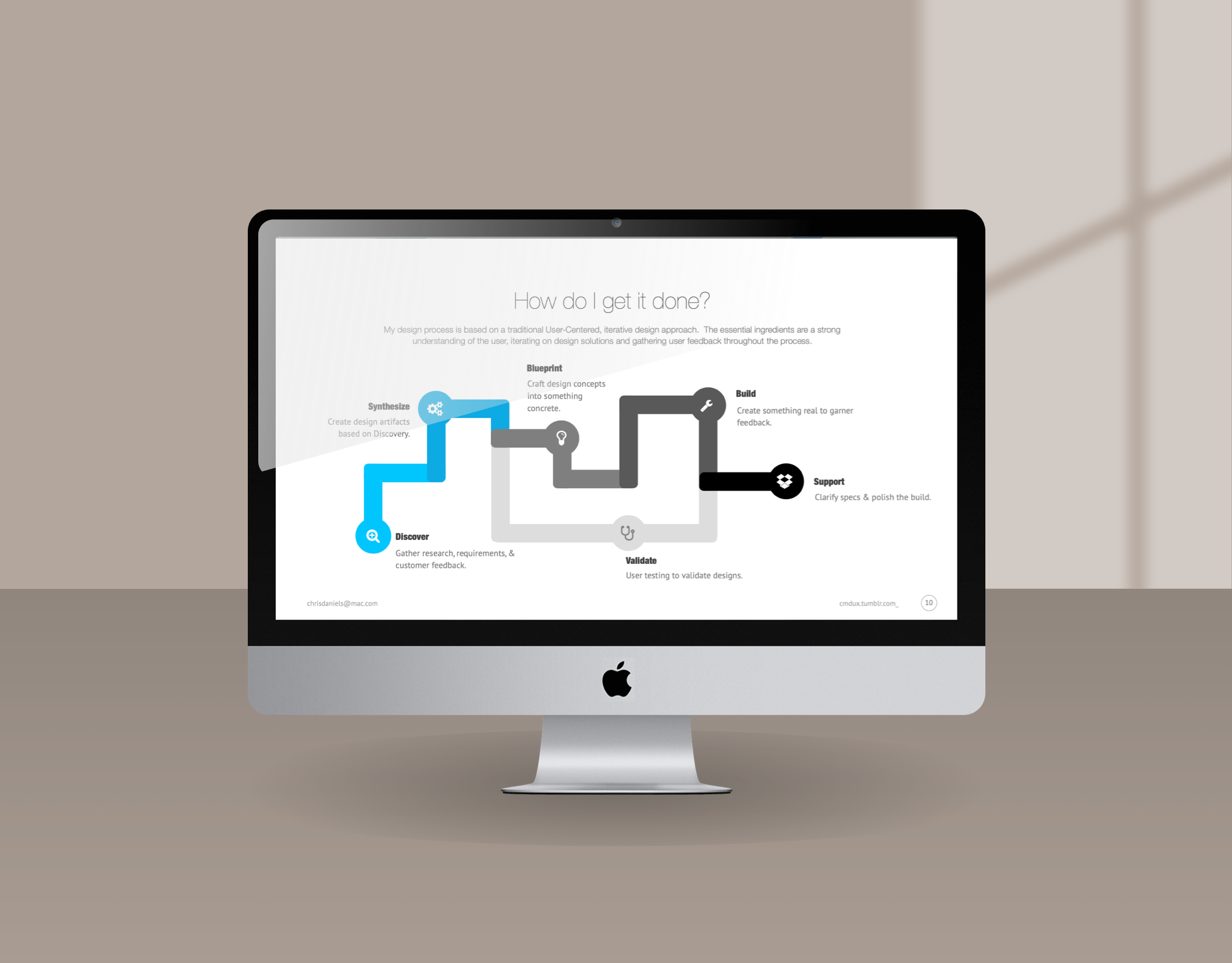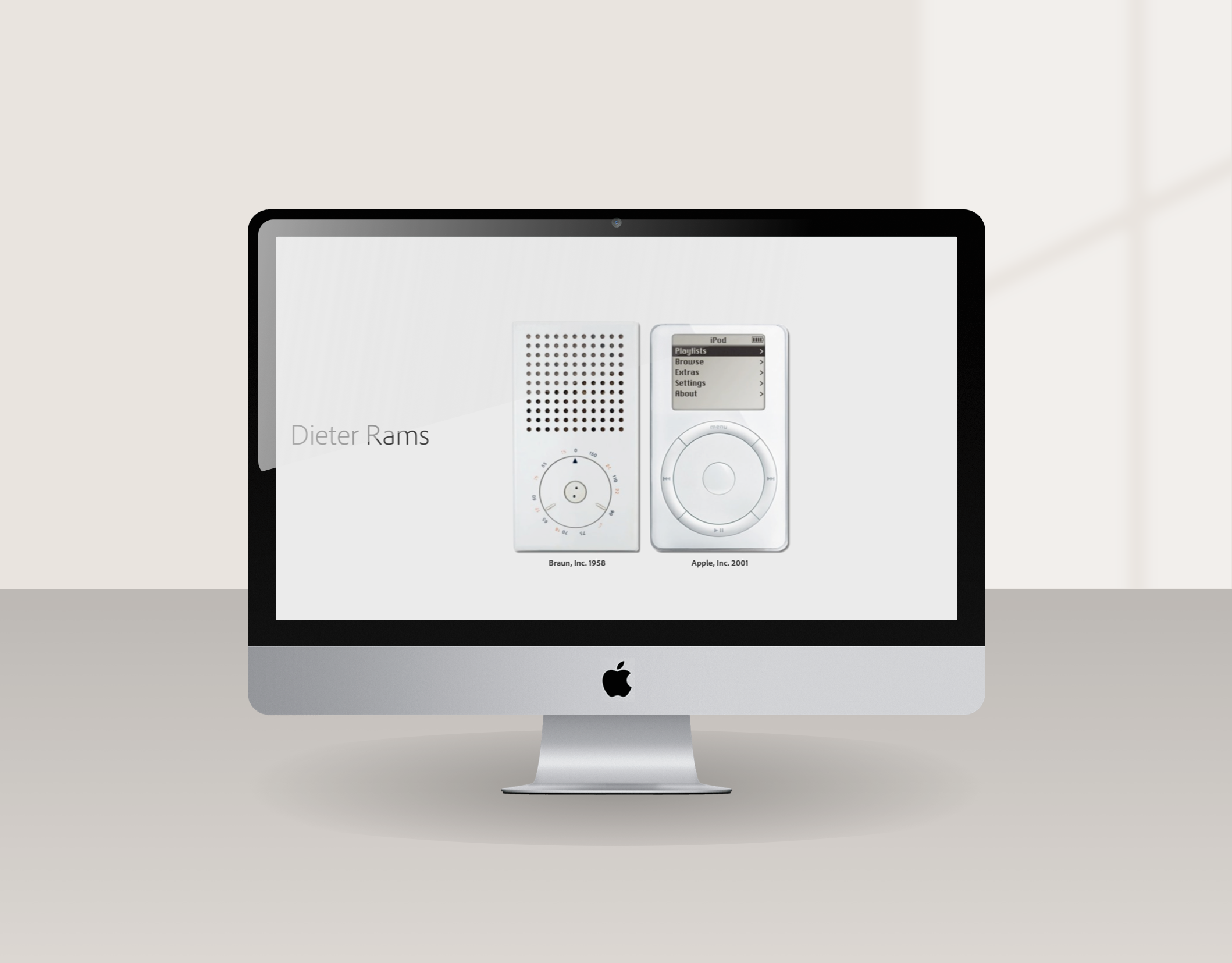As part of my Design Leadership role at Adobe I recently ran our team through a workshop to create a set of provisional personas for our next-gen product.
What’s a persona?
Personas are fictional characters, which you create based upon your research in order to represent the different user types that might use your service, product, site, or brand in a similar way. Creating personas will help you to understand your users’ needs, experiences, behaviours and goals. Creating personas can help you step out of yourself. It can help you to recognise that different people have different needs and expectations, and it can also help you to identify with the user you’re designing for. Personas make the design task at hand less complex, they guide your ideation processes, and they can help you to achieve the goal of creating a good user experience for your target user group.
Why do we need them?
As opposed to designing products, services, and solutions based upon the preferences of the design team, it has become standard practice within many human centred design disciplines to collate research and personify certain trends and patterns in the data as personas. Hence, personas do not describe real people, but you compose your personas based on real data collected from multiple individuals. Personas add the human touch to what would largely remain cold facts in your research. When you create persona profiles of typical or atypical (extreme) users, it will help you to understand patterns in your research, which synthesises the types of people you seek to design for. Personas are also known as model characters or composite characters.
How do we use them?
Personas provide meaningful archetypes which you can use to assess your design development against. Constructing personas will help you ask the right questions and answer those questions in line with the users you are designing for. For example, “How would Peter, Joe, and Jessica experience, react, and behave in relation to feature X or change Y within the given context?” and “What do Peter, Joe, and Jessica think, feel, do and say?” and “What are their underlying needs we are trying to fulfill?”
The following image shows the results of one of my workshops in which 10 provisional groups were created. Each provisional group contained 4 essential mapping criteria with which each persona is defined.


